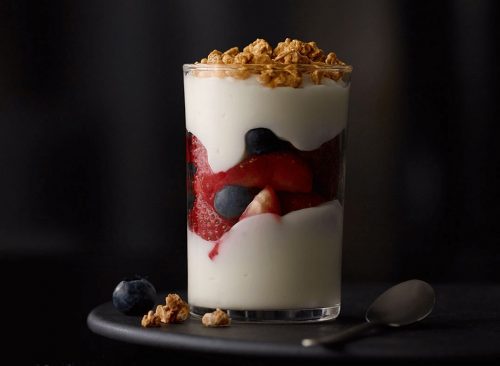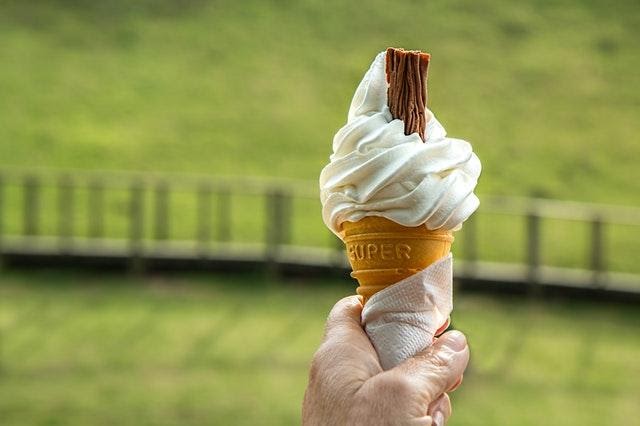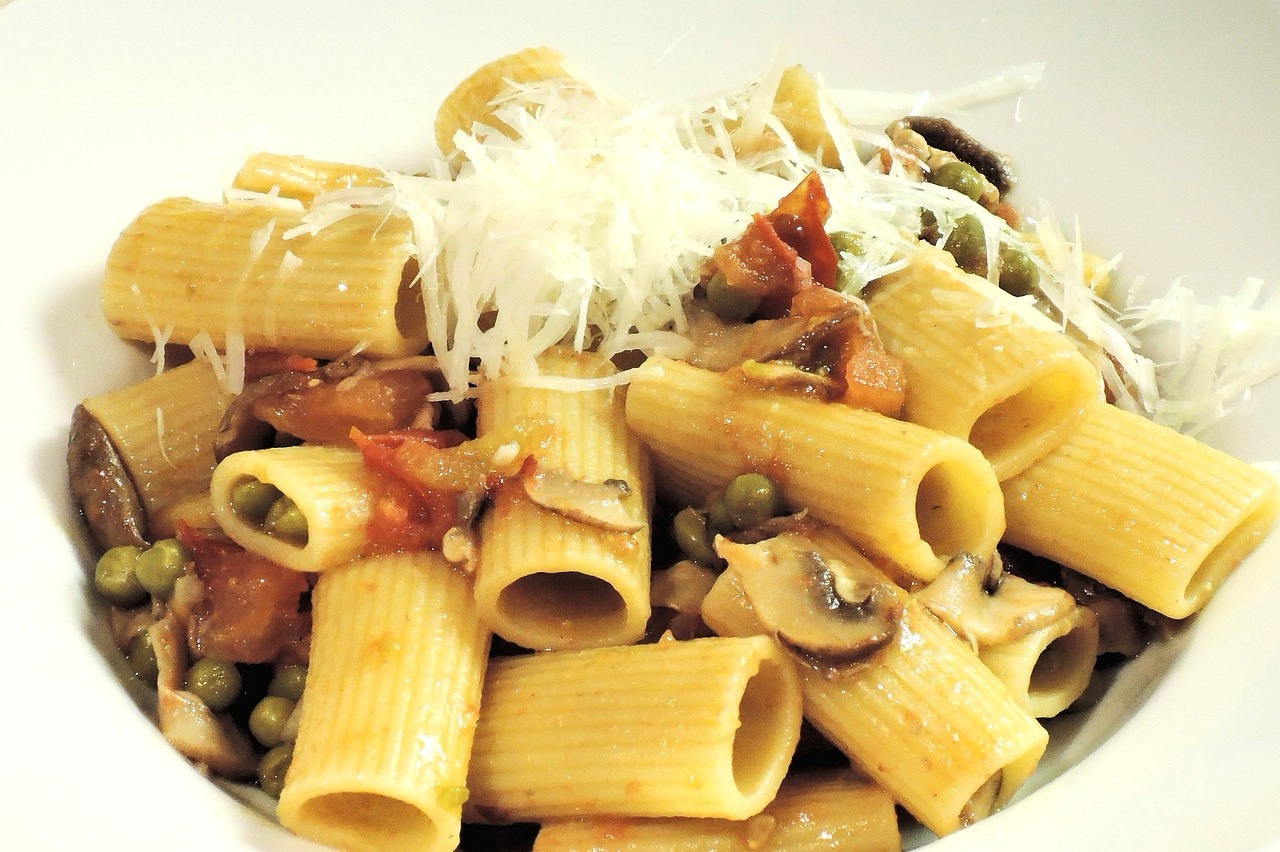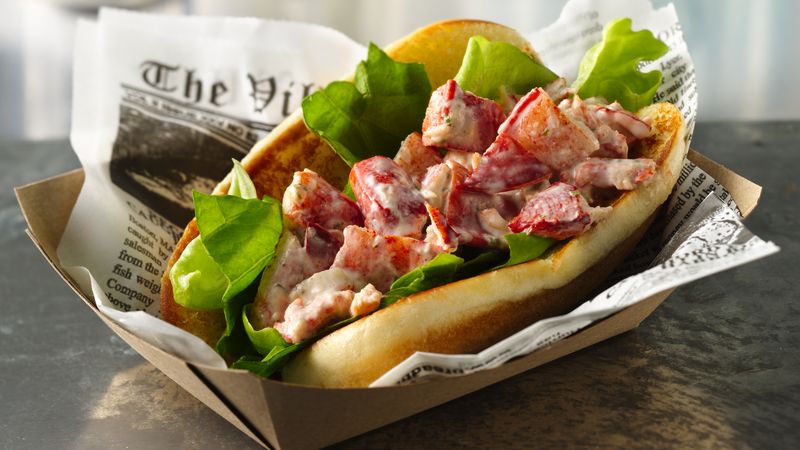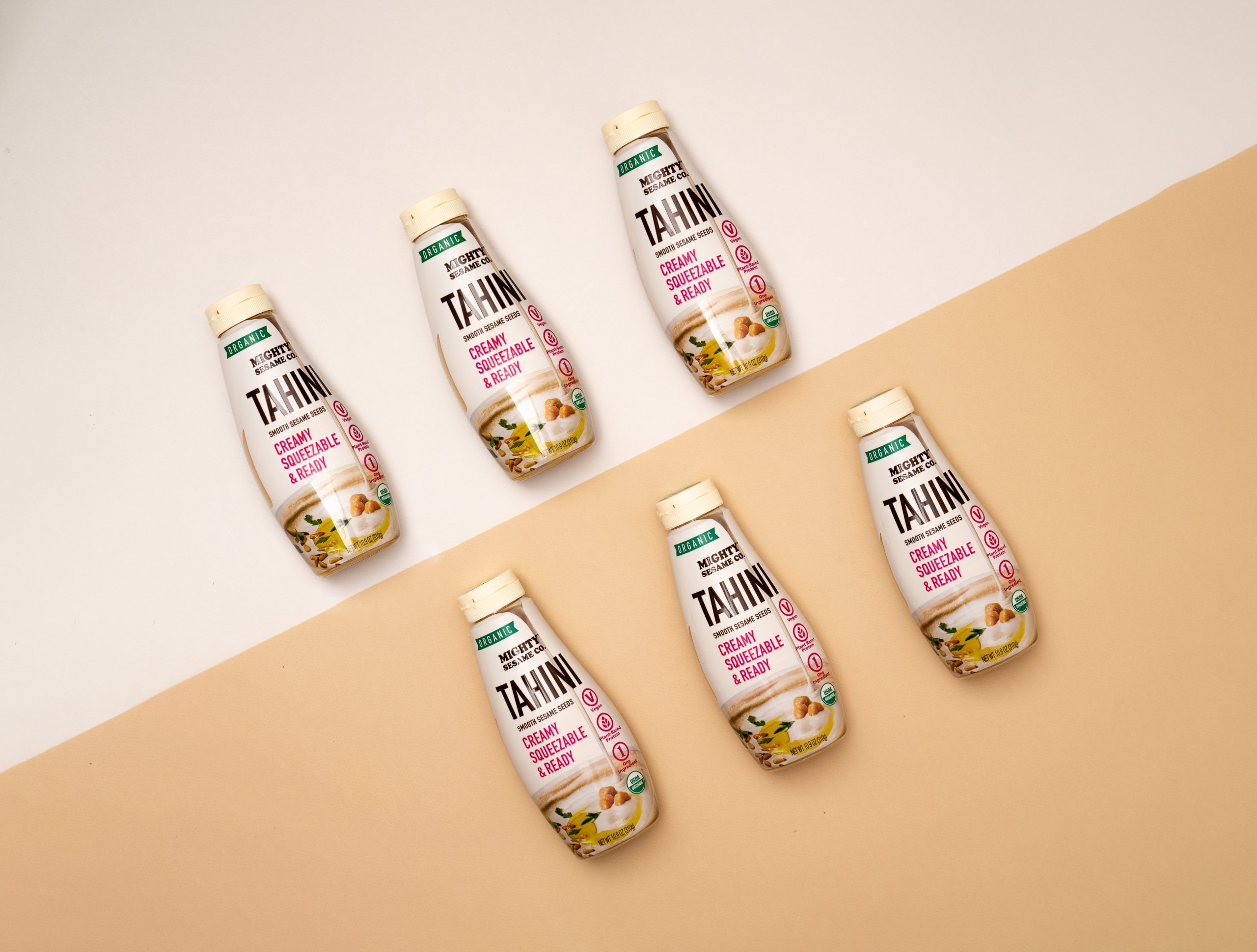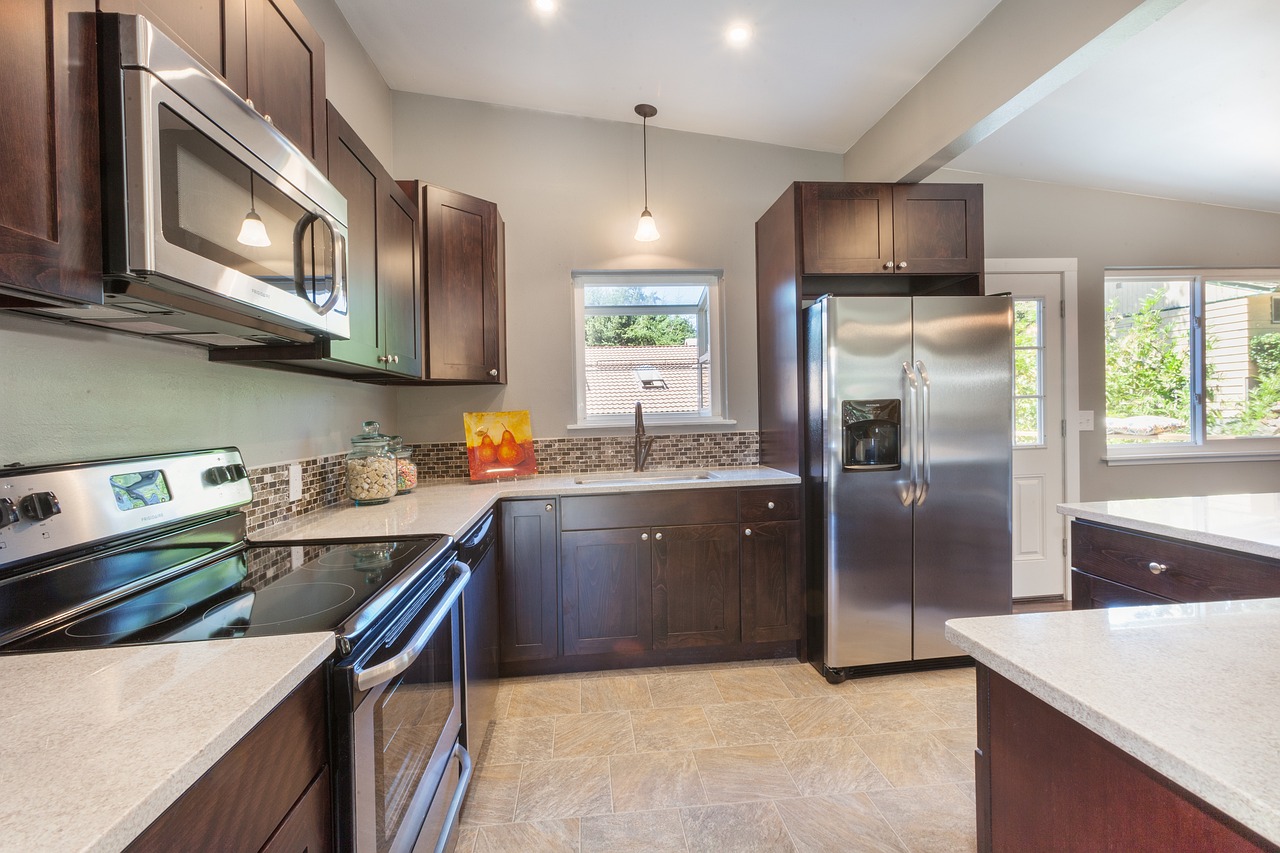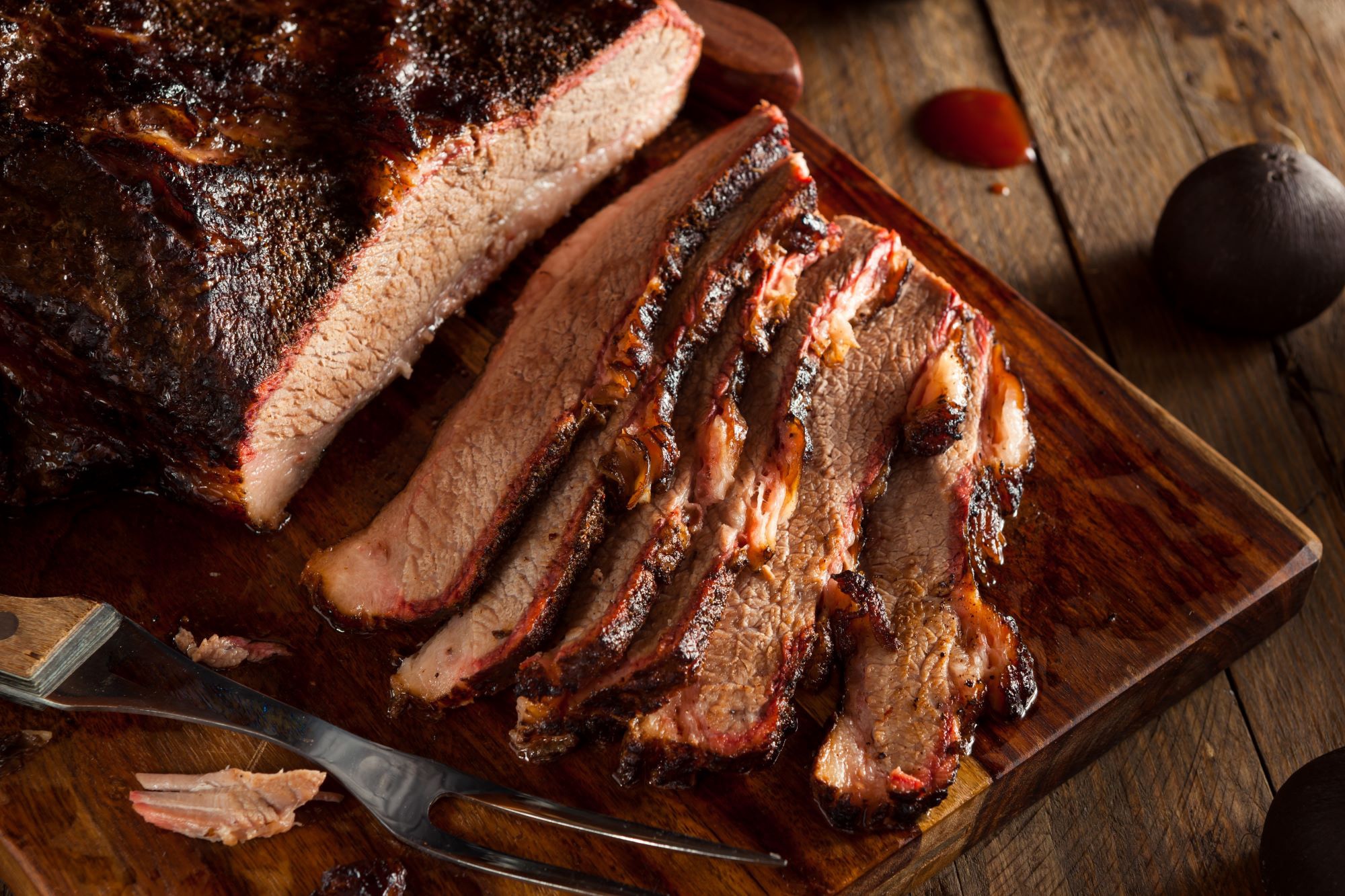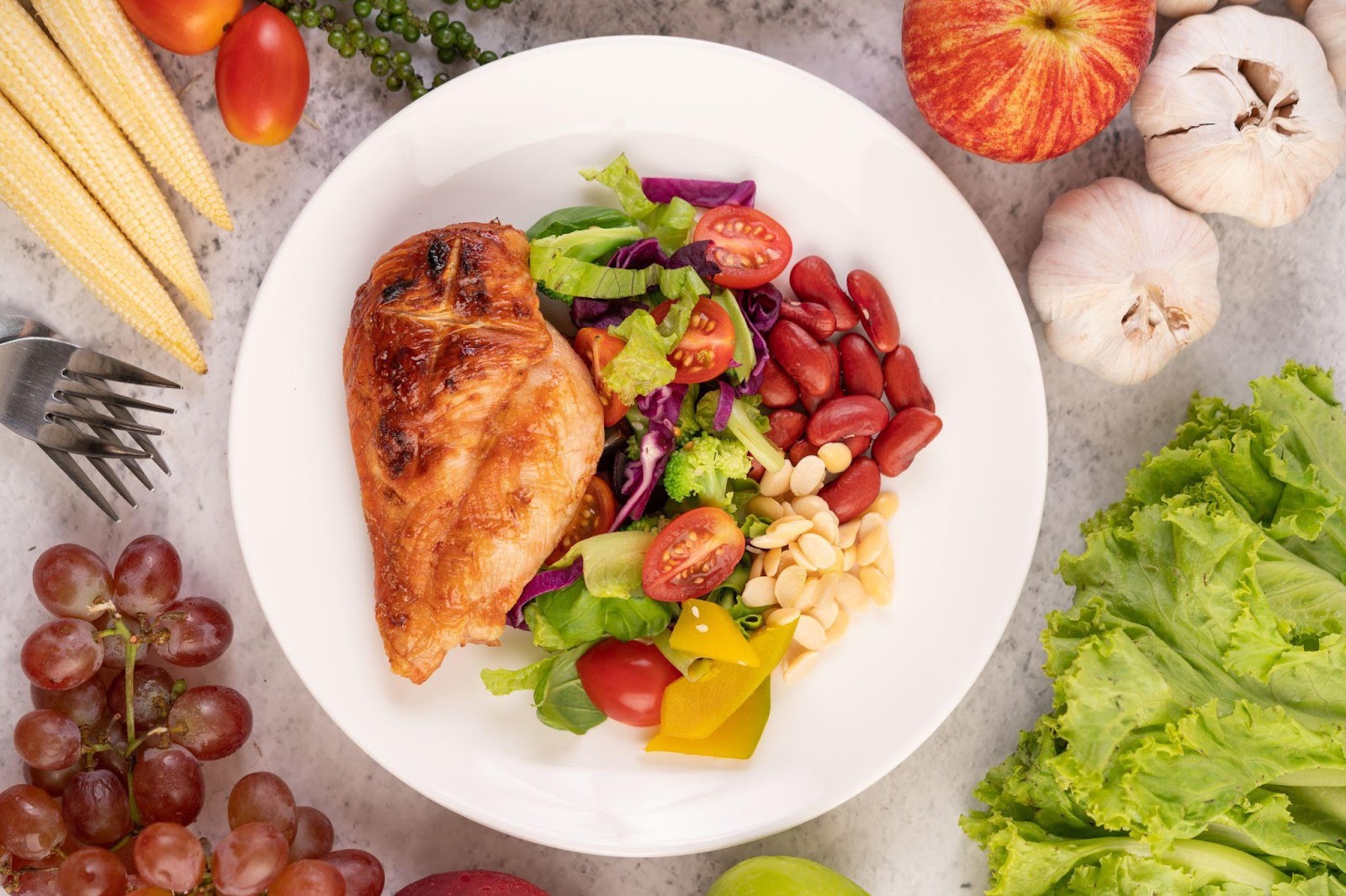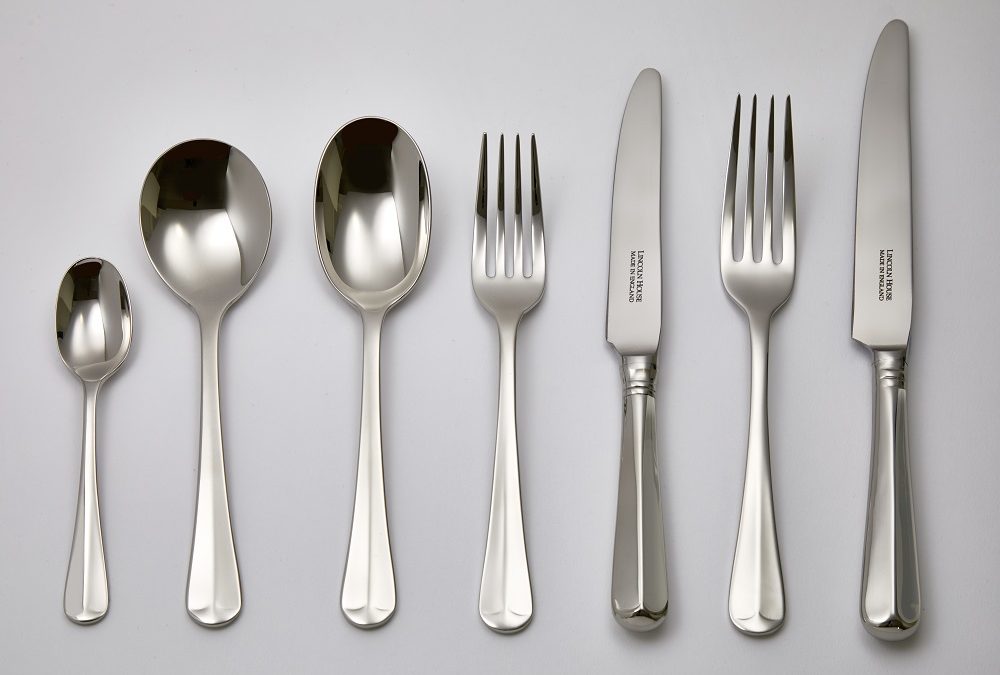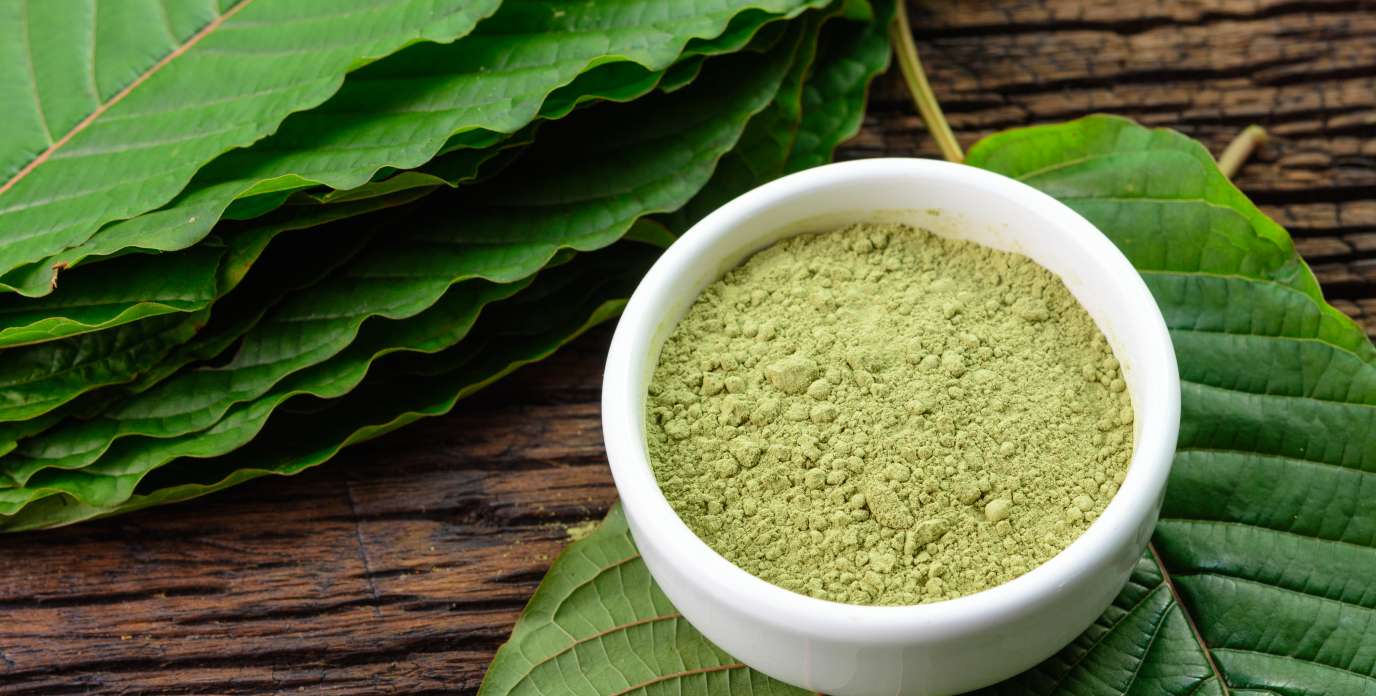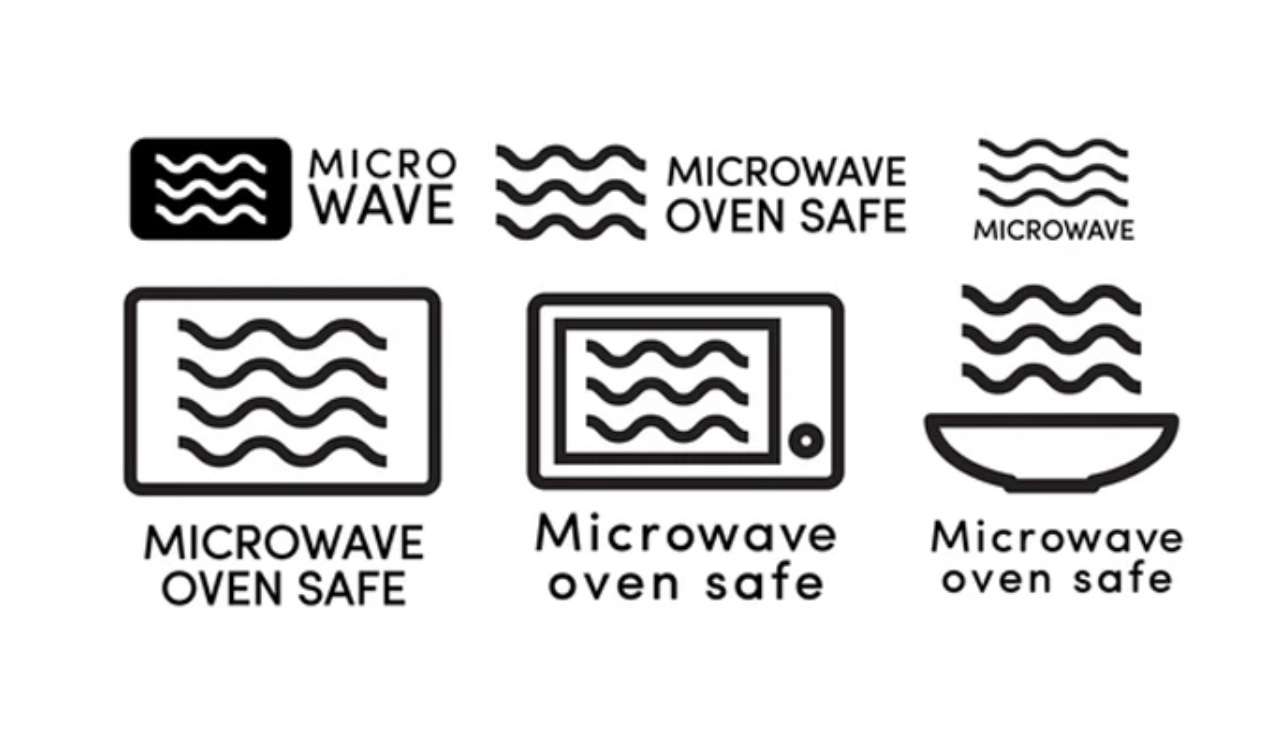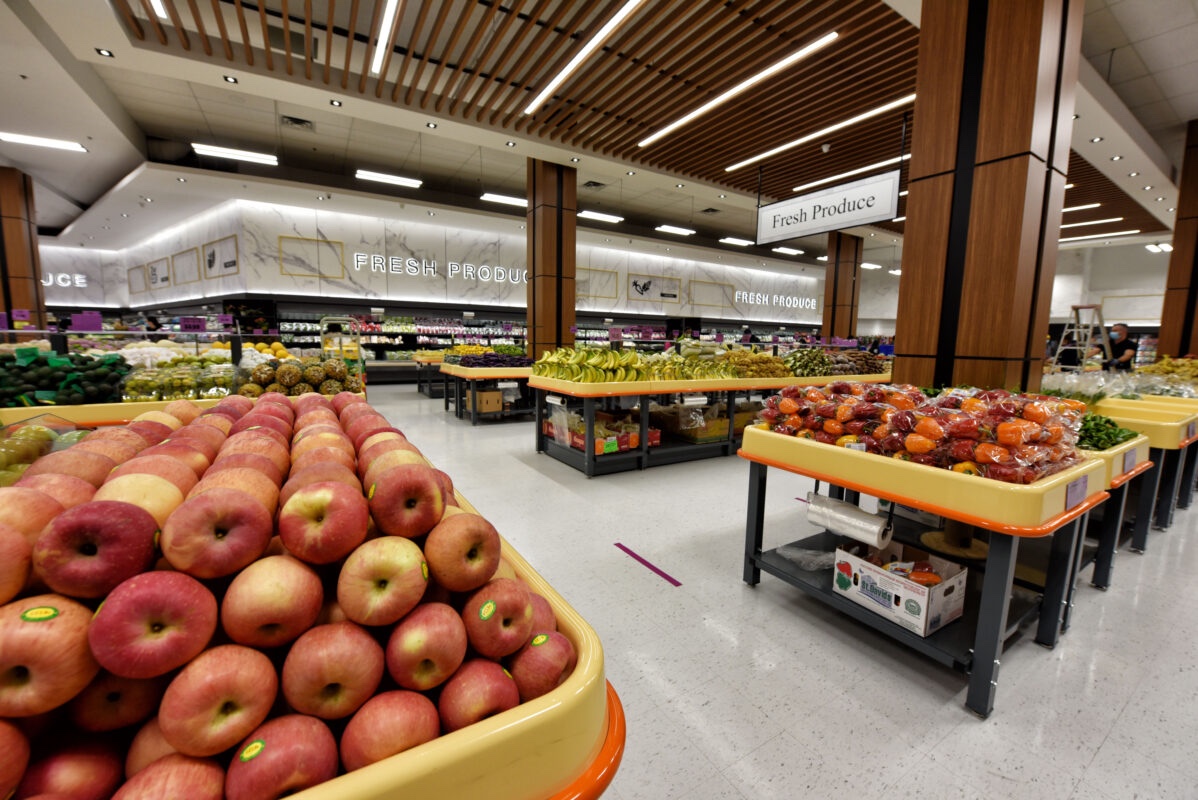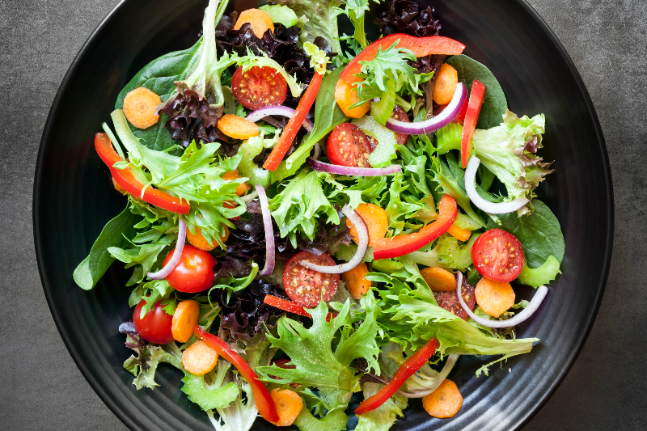KFC Menu Prices, History & Review
5 years ago
What’s Hot on the Bubble Tea Scene in 2024
2 weeks ago
8 Things to Eat in the Fall to Stay Healthy
5 months ago
The Essential Mississippi pot roast recipe
6 months ago
An Easy Baked Rigatoni Recipe
6 months ago
A Step-by-Step Guide: How to Cook Lobster
6 months ago
A Closer Look at Mighty Sesame Tahini
6 months ago
How To Choose the Best Cooking Appliances
8 months ago
The Incredible Produce of Calabria
8 months ago
Seven tips for the perfect home-made pizza party
10 months ago
An Introduction to Coffee Types: The Key Differences
10 months ago
What Does the Microwave-Safe Symbol Mean?
11 months ago
Edible Succulents: A New Spin on These 5 Dishes
11 months ago
